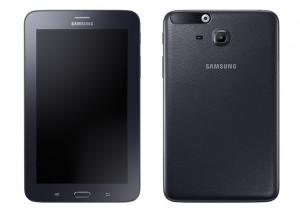

Fundamentally, this means this isn’t another run of the mill device. Although Samsung usually busts out quite lovely Galaxy tablets, this one is definitely a niche product (of course there is nothing wrong with that). As briefly explained, this model, while using special biometric-based services within the government, and running Android Lollipop, comes with ‘Samsung Knox’, enabled with ‘Secure Boot’. The Hindu claims that this “protects the Tab Iris from unauthorized hacking attacks, and produces UIDAI-compliant encrypted-iris biometric packets”.


Creating specific niche designs and products is especially important for tech giants such as Samsung, who are expected to reach beyond the common fingerprint scanner in order to thrive. There is a need to go further- to launch solutions beyond workplace guidelines, as means to protect customers at a governmental level. In the Tab Iris, we see Iris-scanning, whilst embodied in tablet form, which is innovative and particular to the regions that market it most. Wouldn’t that inquire we should be seeing such features here in America? I bet we’re up next. Yet, let’s be joyful for India, whose teams are stepping up and gaining the growing trend of ultra-security of the eyes, into the hands of many.

 Laptop & Tablet Parts
Laptop & Tablet Parts




















